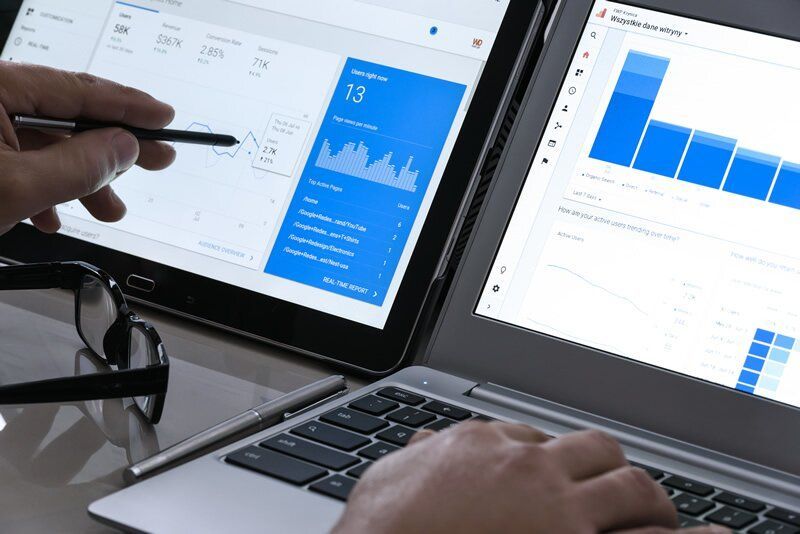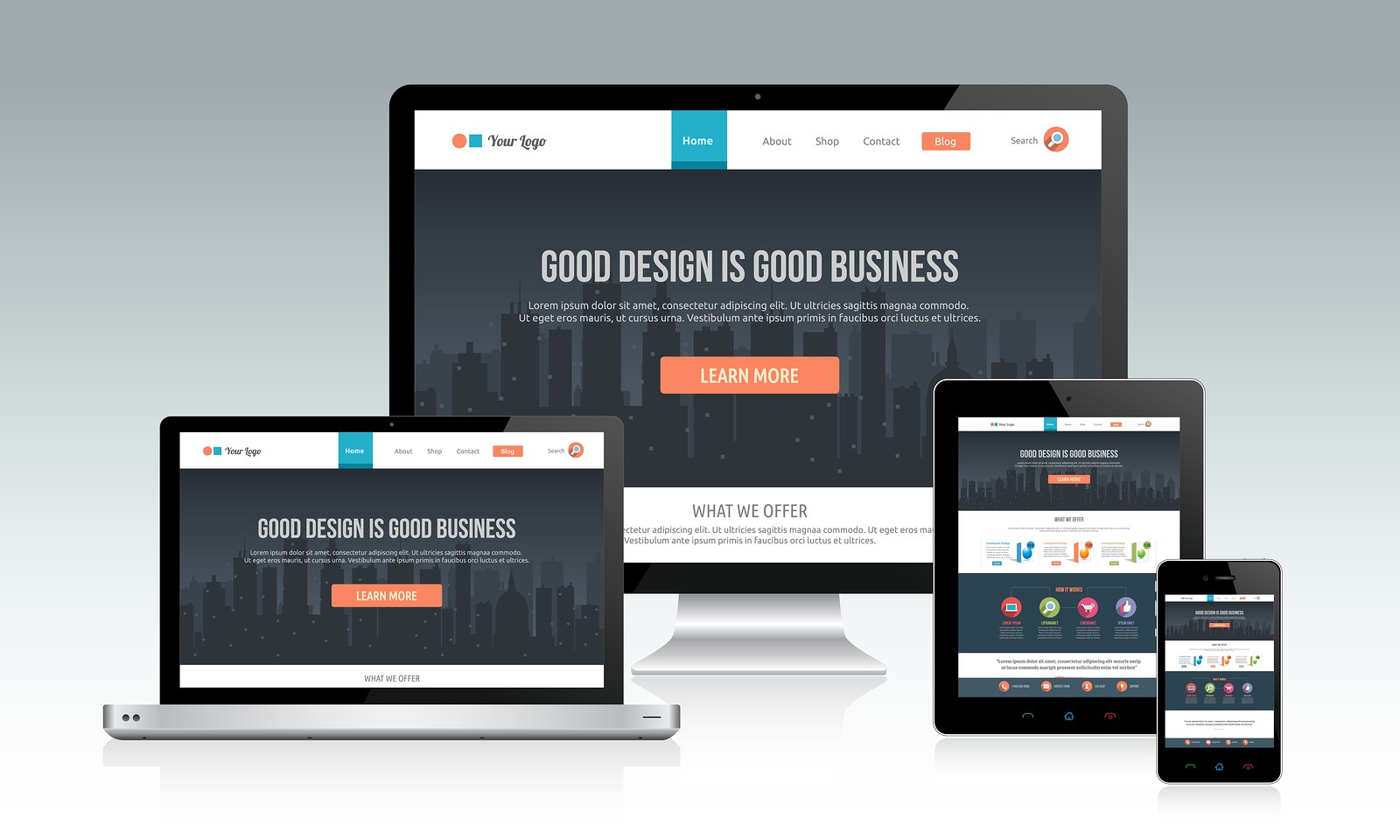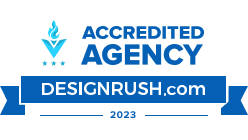Is Your SEO Strategy Effective? How to Measure Success
Is Your SEO Strategy Effective? How to Measure Success

At Lingows Media, we know the vital role that SEO plays in organic traffic and in meeting our overall digital marketing goals. The strategies in place at our company for SEO are tested and fine-tuned through constant evaluation of data and optimized based on these facts. Now, let's plunge into this complete guide on how we track and measure the success of our SEO activities.
Monitor
Keyword Rankings
Keyword ranking monitoring forms the backbone of our SEO performance evaluation. We monitor each primary and secondary keyword phrase for rankings on search engine results pages (SERPs). This continuous monitoring allows us to trace trends, reveal growth opportunities, and adapt the content strategy in a way that keeps increasing visibility for related search queries. We can take our keyword strategy a bit deeper with SEMrush, Ahrefs, and Google Search Console to refine it better. Such tools provide detailed information on statistics regarding search volume, competition, or keyword difficulty. With these datasets, we strategize the approach toward prioritizing those keywords that have a high potential to derive organic traffic.
Analyze
Organic Traffic Trends
We go even further than just tracking the general trend of organic traffic numbers; we analyze trends and patterns that cause fluctuations in traffic. These factors include the level of seasonal variations, industrial trends, and algorithm updates—factors that can all significantly influence organic traffic levels. It is only through deep research and segmentation of sources for organic traffic that we get to know what causes traffic spikes or falls. For instance, previously posted content optimized for long-tail keywords or trending topics could have a sudden rush of organic traffic at a point in time. Further, on-site work around some of the technical SEO issues or underperforming content could also help in reducing traffic loss. We want to ensure steady growth in organic traffic through continuous proactive adjustment and optimization of content strategy.
Check Bounce Rate and
User Engagement
One of the crucial metrics to check is the bounce rate, which refers to the percentage of people who navigate away from our site after viewing only one page. High bounce rates might mean different problems, such as irrelevant content, slow speed for loading pages, or bad UX design. To take care of this, we conduct thorough UX audits and proceed with refinements to maximize the usability and user engagement of the site. In addition to the bounce rate, other metrics to be monitored are the average session duration and pages per session. A better session duration and number of pages per session will help reflect our content's value to the users and engagement. We optimize content structure, readability, and interlinking to encourage deeper exploration of our website and guide visitors toward conversion actions.
Measuring
Average Session Duration and Pages per Session
Understanding how visitors interact with our website will be critical to ensuring a great user experience and maximizing engagement. Average session duration shows the time visitors spend on our site during a single session. By understanding trends in how long such sessions typically last for all pages and content types, we can understand what parts of our site are succeeding in engaging visitors and where fine-tuning may be needed. Similarly, the pages-per-session metric shows the average quantity of pages visited by a user in one session. A higher number of pages per session means a visitor is navigating through many pages in various sections of our website. We enhance navigation elements, internal linking, and content relevance so that users can be easily directed to maximize the exploration of sites.
Finally, conversions: subscribing to a newsletter, filling out a form, purchasing something—are the ultimate measures of SEO performance. We analyze the conversion rates from varied channels such as organic search, paid search, and social media to understand which channel drives the most valuable traffic concerning conversions. The segmentation of conversion data by channel helps identify high-converting channels that deliver the best ROI to our SEO efforts. This data-driven approach allows us to allocate resources effectively towards channels that generate meaningful business outcomes and optimize campaigns for maximum conversion potential.
By knowing which keywords drive maximum conversions, we lay emphasis on content optimization and targeting strategies accordingly. For example, where keywords with high conversion indicate an intent that shows a genuine interest in making a purchase, I would consider whether there's the potential to create niche landing pages around such topics or repurpose and amplify content for those.
SEO performance tracking is not something you set up once and leave; it's a continuous process made up of a combination of qualitative and quantitative types of analysis. At Lingows Media, we're driven by a solid commitment to using data-driven strategies to enhance our SEO effectiveness and achieve sustainable growth. We make sure that with our SEO efforts, we focus on the critical metrics of keyword rankings, organic traffic trends, user engagement metrics, and conversion rates. As a result, it increases visibility and complements achieving broad marketing objectives.

Future Directions and Advanced Strategies
Given this, some advanced SEO techniques and strategies that we are also researching follow:
- Voice Search Optimization: Content creation and optimization in sync with the voice search queries, given the trending improvements on voice-enabled devices.
- Structured Data Implementation: Applying schema markup to our web pages helps enhance visibility on search engines and CTR with rich snippets.
- Local SEO Strategies: Improve local search presence to drive targeted traffic to your location and improve how your local business listing appears in organic search results.
Implement these cutting-edge strategies, keep up with the shifting trends in SEO, build upon an already strong position with search engine results pages, and get long-lasting growth for Lingows Media.
Continuous
Improvement and Adaptation
In a field like SEO, where change is. We conduct regular audits, A/B testing, and performance evaluations to identify areas for enhancement and implement iterative improvements. It is this very agility and willingness to respond to changes in search engine algorithms and user behaviors that define how we optimize our
SEO strategies for long-term success.
Collaborative Approach to
SEO Success
Achieving and maintaining SEO success requires a collaborative effort across teams at Lingows Media. We've got the people, from content creators and SEO specialists to web developers and analysts. This builds a culture where collaboration and sharing of knowledge help draw on the expertise within the business for innovation, leading to measurable results in SEO performance.
Conclusion
Wholistic monitoring of SEO effectiveness needs to integrate the quantitative approach with the qualitative approach to be effective. Here at Lingows Media, we continue to strive for constant improvement in our approach to SEO, driven by insights and best practices in the industry. We refine our work based on critical metrics: keyword rankings, organic traffic trends, user engagement metrics, and conversion rates, enhancing visibility, driving qualified traffic, and ensuring sustainable growth. As we continue growing and innovating further within the world of SEO, we are devoted to guaranteeing unbeatable results each day. Staying proactive and versatile is how we continue to make a success out of Lingows Media in the ever-competitive and evolving landscape of digital industries.
SIGN UP TO OUR NEWSLETTER!
Get the latest news on Local SEO, Reputation Management Tips, Creative Content Updates, and much more.
SIGN UP TO OUR NEWSLETTER!
We will get back to you as soon as possible.
Please try again later.
All Rights Reserved | Designed by Lingows Media













